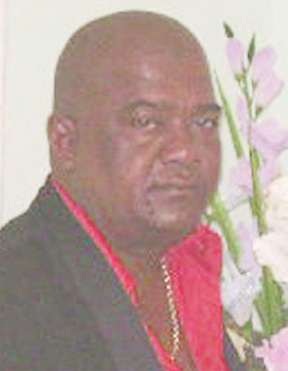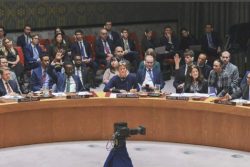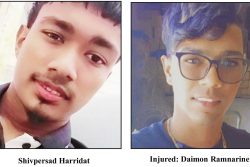Unsolved high profile killings are piling up for the Guyana Police Force. There have been at least a dozen such cases within the past year and investigators are nowhere close to solving even a quarter of them.
Security experts have blamed the force’s apparent lack of investigative skills; the police’s inability to gather crucial evidence and find eyewitnesses and in some instances, their unwillingness to pursue some of the cases.
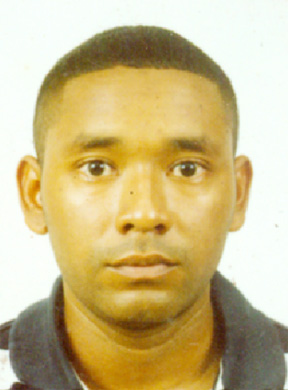
In an interview with Stabroek News yesterday Crime Chief Seelall Persaud acknowledged that there is a number of unsolved high profile murders. He said the force faces a number of issues when having to deal with incidents such as these. The first, he said, is that the police are dependent on public (in the form of eyewitnesses), the second is their forensic capability and the third has to do with the skills of the ranks.
According to Persaud getting the public’s cooperation would revolve around the usual detective interviewing process and intelligence methods being applied by the ranks.
In terms of forensic support he said the police are still using “finger printing which is an old method. Something that is still being used today.” Persaud noted that DNA is critical and highly accepted but its access here is limited.
He said that “we have issues of it taking forever” adding that during a recent meeting in Brazil which he attended, the possibility of having DNA testing done in that country was raised with the Brazilians.
According to the crime chief “it is the time of getting them (the results of the samples) back. These things have to be done in a timely manner”. He went to on to mention the collection of trace evidence. He pointed out that what is portrayed in television crime related shows such as CSI is “far from reality”.
He told Stabroek News that “there are a whole lot of efforts to build capacity” in this area which he said could be tackled through the nearly completed Forensic Lab and the arrangements with Brazil.
One source told Stabroek News that the shooting to death of police corporal Romein Cleto is a case in point as regards how inefficient the police are, when it comes to investigating high profile crimes.
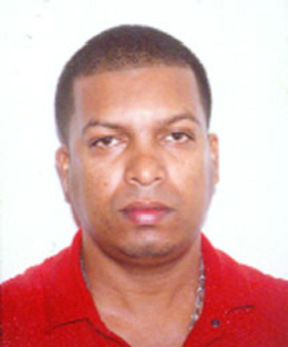
Cleto was shot dead at Avenue of the Republic and Regent Street during the early evening hours of April 27. Two of his colleagues were also injured when the occupants of a suspicious car opened fire on then.
Weeks after the incident police arrested two men – Shaka Chase, who was one of the persons initially arrested and later released and Reagan Rodrigues a Riverview resident who survived two execution attempts. In the case of Chase, the police went ahead and instituted the charge even though numerous persons placed him at a different location at the time the shooting occurred. Allegations were also made that he was tortured into confessing to the shooting. In the confession statement that he was reportedly forced to sign, Rodrigues’ call name “Grey boy” was recorded and that was how the latter came to be arrested.
Police did not seek the advice of the Director of Public Prosecution (DPP) in the matter and when the files finally reached the DPP’s Chambers, police were advised to withdraw the murder charge for Chase and to release Rodrigues without charging him. In the case of Chase, the DPP in a statement to this newspaper last Friday said that after perusal of almost 40 statements there was insufficient evidence to identify the shooter and/or his accomplices. According to a source, this investigation was clearly a sloppy one. The source expressed belief that because of the wide publicity and increasing criticisms the force was receiving in relation to this investigation, the aim was to find “someone to blame”; to show their critics and the public that they were indeed making progress.
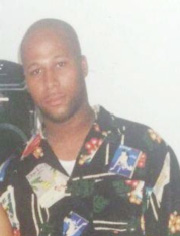
The source said investigators would have lost significant ground when they failed to get concrete information within the first 48 hours, which are critical to an investigation.
Stating that poor investigation during the most critical stage is the problem most of these high-profile cases face, the source noted that the police allowed weeks to elapse before they suddenly laid a charge against Chase. The source noted that investigators also chose to go this route amidst allegations of torture and the fact that persons had placed him far away from the crime scene. “This was just sloppiness and I don’t know if they recover from the embarrassment of this,” the source said adding that everyone will be looking to see what the police will do now.
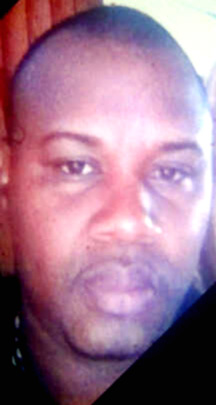
According to other security officials this newspaper spoke with, the police’s action in this particular case is strange. “There are many cases where the police just act rash but this was so strange. I just can’t understand what the police were thinking”, one source said, adding that the mere fact that the police opted to bypass the DPP was an indication of ulterior motive.
Police Commissioner (ag) Leroy Brumell had told this newspaper in an interview last month that under the current system the officer in charge of crime checks the file and then sends it to the Crime Chief who then forwards it to the DPP’s Chambers.
Stabroek News was told that police ought to have done the proper groundwork instead of rushing to have the case “solved” in a matter of days. It was pointed out that from the beginning the police had a difficult task, especially with there being no helpful footage from the state-installed Close Circuit Television cameras (CCTV) located a short distance from where the shooting occurred.
A source opined that the other policemen, who were with Cleto that day, were the only real eyewitnesses and questioned whether everything was done by investigators to extract the necessary information from them.
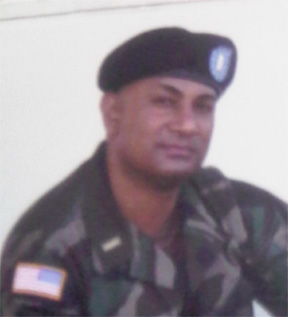
“The police will always be challenged when they are faced with high profile killings. It wouldn’t be easy for them when the evidence collection is poor, when they can’t quickly intercept a car involved in a crime, when they are unable to identify witnesses, when they don’t have proper resources at their disposal. Something must be wrong. If we want to see ourselves out of this situation which could soon turn into an embarrassing one, something has to be done and done quickly,” the source stressed while adding that the situation was worsening.
The source questioned how the citizens of a country could feel safe when the police cannot even solve the murder of one of their own.
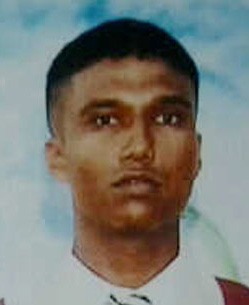
It was pointed out that even the DPP seemed frustrated at the situation with the police and the standard of their investigations. Earlier this year, DPP Shalimar Ali-Hack, in a strongly worded letter to Brumell, berated him about the poor police investigations into serious crimes including murders and the length of time requested files are taking to reach to the chamber.
The DPP noted that the actions of the police were impacting on the effective functioning of her chambers and she complained that requests by her office for case files are either not acted upon or result in long delays. In one instance, it took 34 months for a case file to be sent to her office and when it was reviewed there was evidence of a double murder and not murder/suicide as the police were suggesting.
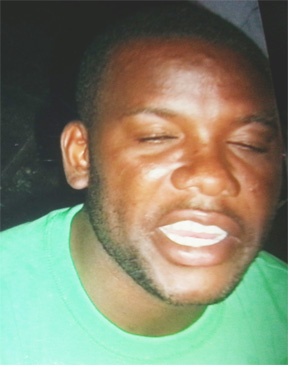
The DPP proposed in her letter that files for serious offences be sent to the Chambers for legal advice within 72 hours of the receipt of the report to police.
2013
The murder of city businessman Imitaz Roopnarine is probably the only high profile killing since the start of this year that has shown some sign of progress, but still there are outstanding questions.
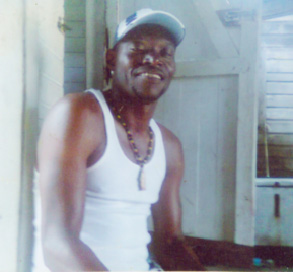
Roopnarine was gunned down in the compound of the Cool Square guest house as he was preparing to leave during the early morning hours of January 24. From the beginning police had said that all they had was blurred images from surveillance cameras located in the compound. Just over three months later Leon Duncan called `Whistle’ of West Ruimveldt appeared in court charged with Roopnarine’s murder.
One of the most gruesome crimes so far is that of 90-year-old Millicent Prince-Cummings. She was found raped and murdered beneath an abandoned house on the Public Road at Cove and John, East Coast Demerara, not far from her home on the morning of April 12. It is believed that the mother of one was attacked while on one of her customary early morning walks. An empty condom packet had been found near her body.
Persaud had said that investigators were relying on DNA samples taken from three of nine men who had been arrested. He had said that attempts were being made to have the samples taken to a lab in the US. It is unclear if the necessary arrangements for this to be done have been made.
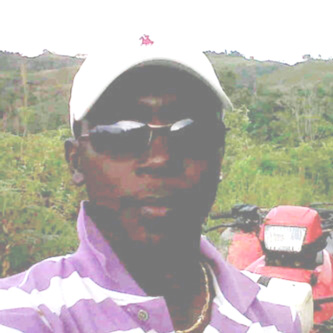
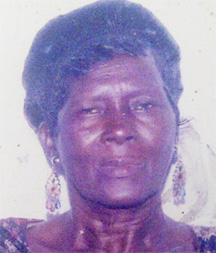
The woman’s relatives had severely criticized the police for the way they conducted the investigations saying that a sniffer dog was never taken to the scene and ranks returned to area to question neighbours after more than 24 hours had elapsed.
Among the other unsolved cases is that of Mc Doom miner Gavin Mc Neil whose relatives have refused to attend identification parades. There was also the January 31 murder of Dave Wills, the murder of US army doctor Captain Max Kungel and police recruit Harold Haimchand Sukhai who was shot dead in February during an armed robbery at Tuschen, East Bank Essequibo. Police have also not made much headway with the case of Totaram `Beer’ Mohotoo and his wife Bhagwattie called `Dolly’ who were badly beaten before their Turkeyen home was set alight with the use of a homemade bomb earlier this month. As it relates to the Mohotoos’ investigation Persaud yesterday stated that it was still active. He pointed out that three persons were recently arrested in relation to that investigation but later released.
Meanwhile, on February 6, at Prashad Nagar there was a reported shootout, between the police and three men: Peter Anthony Ogle, called ‘Skin Teeth,’ 46, of Bartica; Leon Gittens, called ‘Cow’, 24, of Albouystown and Quincy Alexander, 33, of Meadow Brook Gardens. The police had alleged that the trio has gone to a house to commit a robbery when they were confronted by the police who had received a tip off. The police’s Office of Professional Responsibility (OPR) is said to be investigating the matter.
2012
From May to the end of last year, there were several high profile killings. Among them are the June 15 shooting death of Pest Control Plus boss Mohammed Baksh and Aman Lallchand who was killed during a drive by shooting on May 4.
To date there had been no definitive word from the police on who shot three protestors dead at Linden in July. A commission of enquiry had found that the police were responsible for the deaths of Ron Somerset, Shemroy Bouyea and Allan Lewis. It also said that the discharge of ammunition was justified as the police were confronted by a hostile crowd and noted that there was no clear intention to kill or injure anyone. However one rank was singled out. Police had said in the initial stages that they were conducting an investigation. It is unclear how this is being done.
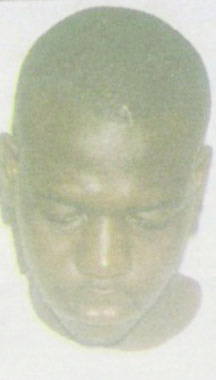
On September 14 around 5.30 am, narcotics detective constable Jirbahan Dianand was found dead in his car by passersby on the public road at Jackson Creek, Corentyne. He was found face down in the driver’s seat and a post- mortem examination later revealed that he was shot twice.
Just over a month later Salim Bacchus called ‘Black Salim’ of 139 Line Path ‘D’, Corriverton, Corentyne, Berbice was charged with this murder. Last week he was committed to stand trial in the High Court.
Who killed the two Kato policemen and was the motive? Months later those questions remain unanswered. Constables Marlon Letlow and Leadon Aaron were found dead after they left their station on routine patrol duties.
The blooded bodies of the ranks were found in the Paramakatoi area. Letlow, 27, was found lying face down with gunshot wounds to his back while Aaron, 25, was found tied to a still smoking tree trunk, a short distance away. There have been several theories as to why the men were killed in such a brutal manner but, according to the Crime Chief, investigations revealed that the ranks took $300,000 from a Brazilian excavator. A suspect had been detained but he was later released.
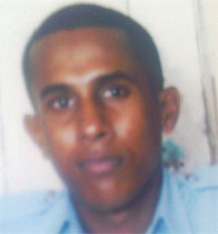
Questions still abound with regard to the executions of one time Roger Khan associate Ricardo Rodrigues and his bodyguard Marlon Osborne.
On October 15, the 40-year-old Rodrigues, who was known to many as “Fat Man,” was riddled with bullets as he sat with friends at the Guyana Motor Racing and Sports Club (GMR&SC) in the city. The carefully-planned execution was committed by a group of men dressed in black and wearing masks and who were armed with high-powered weapons. During that attack Canadian Jean Le Blanc, gym instructor Aubrey Henry and Jamaican Michael Hopkinson, were shot and wounded.
Le Blanc, who sustained a gunshot wound to the buttocks, remained hospitalised until he died mysteriously 11 days later.

Days after Rodrigues’ death, Osborne was gunned down in broad day light in the Queenstown area. Persaud when asked about the deaths of the three men had said that they were open. In the case of Rodrigues, he had said they hade not found a motive; for Osborne there were no leads and for the Canadian there was nothing found that could lead in a positive direction.
